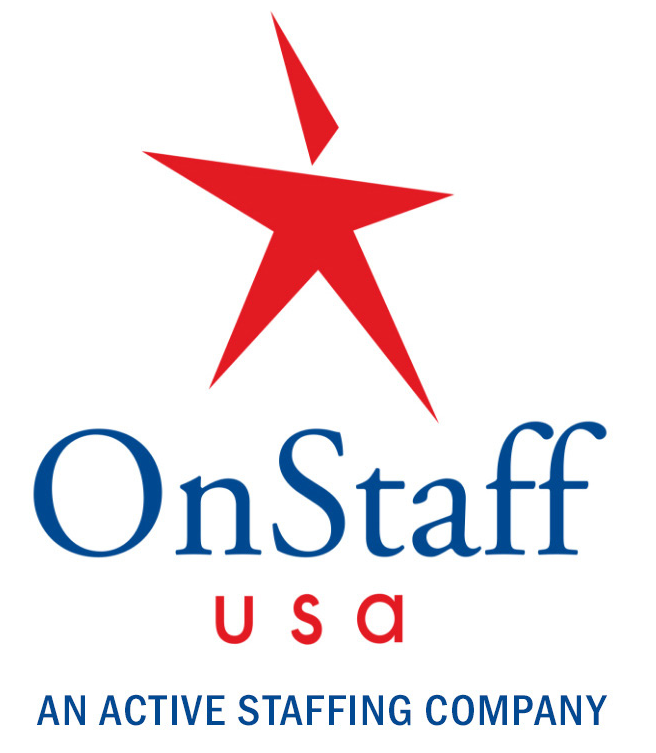How to Adopt Neurodiversity in the Workplace
By Janine Milne

Diversity has ratcheted up the boardroom agenda as companies increasingly recognize the potential that a rich mix of different backgrounds, attitudes, and experiences bring to innovation and decision-making. But most companies are still laggards in the key area of neurodiversity in the workplace, meaning they need to hire more individuals who think differently from one another.
According to a recent poll by the Chartered Institute of Personnel and Development (CIPD), at least 10% of the population has dyslexia, is on the autistic spectrum, has ADHD (Attention Deficit Hyperactivity Disorder), or has some other neurodivergent way of thinking that sets them apart from the neurotypical majority. Yet, according to the same poll, only one in 10 firms say neurodiversity is included in their organization’s people management practices.
There’s a massive pool of talent that many organizations are overlooking because as a recent CIPD report outlines, different neurodivergent groups have unique strengths. Autistic people, for example, often have a talent for problem-solving and analytical thinking. Dyslexics, meanwhile, are often highly inventive and creative–famous figures with this condition include Virgin Group founder Richard Branson and director Steven Spielberg, both of whom have made tremendous contributions in their fields. Furthermore, those with ADHD are often skilled at taking calculated risks and thinking innovatively, so it’s no surprise that many entrepreneurs, such as JetBlue Airways founder David Neeleman, fit this profile.
Organizations such as SAP, Microsoft, and JPMorgan Chase are already reaping the benefits from neurodiversity initiatives. Here’s how to make neurodiversity in the workplace a talent management priority.
Reboot Recruitment
There are a number of barriers that can intimidate or affect neurodivergent candidates during the recruitment phase, starting with the job description. Companies often aim to hire generalists–people who have many skills and are adaptable–but there is also room for people with narrower, deeper skills.
When putting together a job description, recruiters need to distinguish between the “must-haves” and the “nice-to-haves” for each role to attract more neurodiverse candidates. It’s tempting to include phrases such as “excellent communication skills,” for example, in every job description, but this could scare off talented applicants who are autistic or dyslexic. If it’s not a core skill, then make that clear in the job description.
Interviews can also serve as a disadvantage to people who struggle with social interactions as a result of their disorders. Generally, interviews test a candidate’s social competence rather than their ability to perform a particular role. A better way to test abilities may be to bring individuals in for a work trial or assessment.
HR teams also need to train interviewers in neurodiversity and inclusion to ensure that they can look beyond any social awkwardness and find ways to enable candidates to show their skills.
Tweak the Workspace
Making small adjustments to someone’s work environment can make a big impact. For example, allowing individuals with certain disorders to use a quiet area of the office to work or providing them with headphones can improve the productivity of people who find noise stressful or distracting.
It’s also worth asking employees about the specific accommodations they might need to ensure they have the necessary tools to perform their best. This way, managers can follow up on whether or not employees are thriving with their accommodations and make changes as needed.
Train Managers
Managers can make or break neurodiversity efforts because they are the ones who put neurodiversity theory into practice. To help all individuals thrive under their leadership, managers need to think about each employee’s strengths and challenges, including their preferred channel of communication, how they like their workspace, and other preferences.
HR needs to give managers the neurodiversity training and tools they need to make them more aware of neurodivergent thinking styles as well as continue to assess managers to ensure that they have the skills needed to manage employees’ individual needs. By focusing on managers’ people skills, HR teams can be sure they make the work environment positive for everyone, not just those with neurodivergent thinking styles.
Ultimately, we are all different. It’s time for smart employers to recognize that sometimes it pays to adapt to employees’ needs rather than expect them to conform to an arbitrary standard.
Janine Milne has been writing about HR, technology, and business for more than 20 years. Cornerstone OnDemand (CSOD) is a leader in cloud-based applications for talent management that helps organizations recruit, train, manage, and connect their employees. He thinks a lot about how technology can influence how businesses evaluate, motivate, and value their employees—especially in light of the rapid changes happening in today’s workplace. Visit them online at www.cornerstoneondemand.com.
